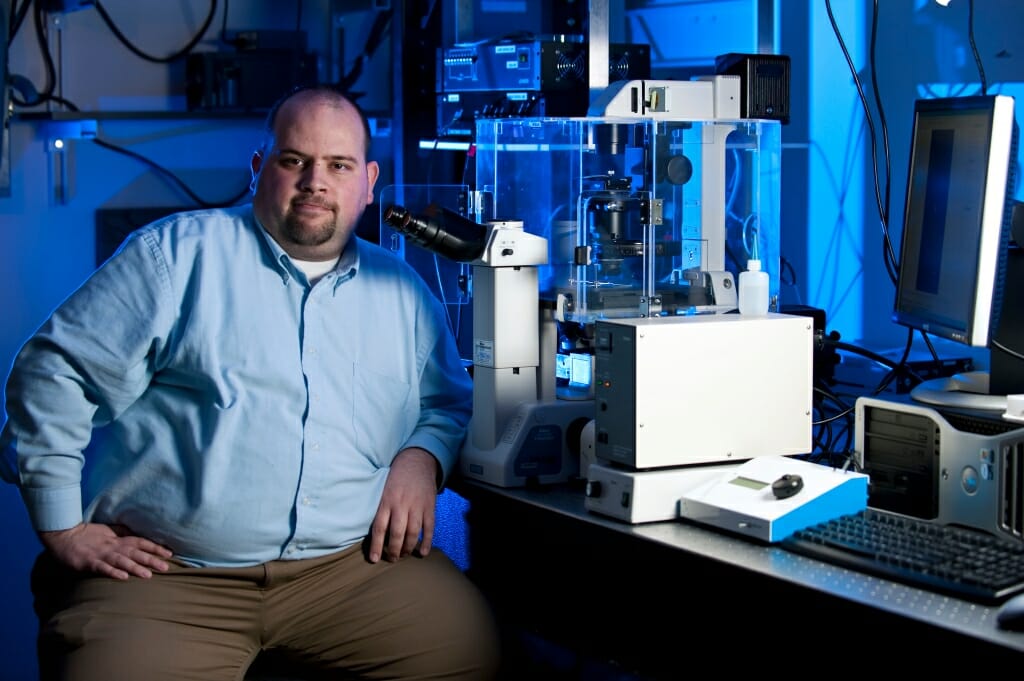By citations, UW–Madison faculty demonstrate strong impact
Seventeen researchers from UW–Madison were recently recognized on the 2021 Highly Cited Researchers list, published annually by the analytics company Clarivate using data from Web of Science. The list identifies scientists who have demonstrated significant influence through publication of multiple highly cited papers during the last decade. Clarivate also calculates journal impact factors, a measure of citations and proxy for their prestige.
Researchers are selected for their publication record in one or more of 21 fields or across several fields. To determine the 2021 honorees, the Web of Science analyzed papers published and cited between 2010 and 2020, determining which authors ranked in the top 1 percent.
For UW researchers: How to use Web of Science through UW–Madison Libraries
“Academia uses citation count as one metric among many to measure research impact and productivity,” explains Cynthia Czajkowski, associate vice chancellor for research in the biological sciences. “Citation number is important for the university in terms of prestige and rankings, but citations also point to who is building on your work and potentially identify future collaborators. It’s also exciting to see how others are using your research and what new ideas might be generated from it.”
Kevin Eliceiri, professor of medical physics and biomedical engineering, is one of these highly cited researchers. He has been cited more than 68,000 times in 228 publications and is recognized for his cross-disciplinary influence.

Kevin Eliceiri’s lab develops new biomedical imaging and analysis methods to understand the role of cells in disease.
Eliceiri’s most-cited article is as a corresponding author of “NIH Image to ImageJ: 25 years of image analysis,” published in July 2012. The article — cited 27,847 times — discusses the origins of pioneering open software developed for the analysis of scientific images, as well as their challenges and the solutions they enabled.
“Scientific progress is a result of continuous sharing and building up ideas of others,” Eliceiri says. “An important tool in this process is peer reviewed publication of key findings and colleagues’ subsequent citing of that work in their own work. Citations are one measure of interest in a topic and tracking how those cited papers influence or evolve in subsequent stories.”
The Eliceiri lab develops new biomedical imaging and analysis methods to understand the role of cells in disease. Eliceiri says that in the case of his research, his cited publications are representative of large, diverse collaborative communities beyond his own lab, all working together on optical and software tools to solve biological problems.
“My work very much relies on the contributions of groups I cite, and any cited research of mine reflects the importance of collaboration of many lab groups united by a common goal,” Eliceiri says. “I am fortunate to have many great collaborations and it’s gratifying to see these resulting publications become useful to a broader audience both within my field and other fields.”
